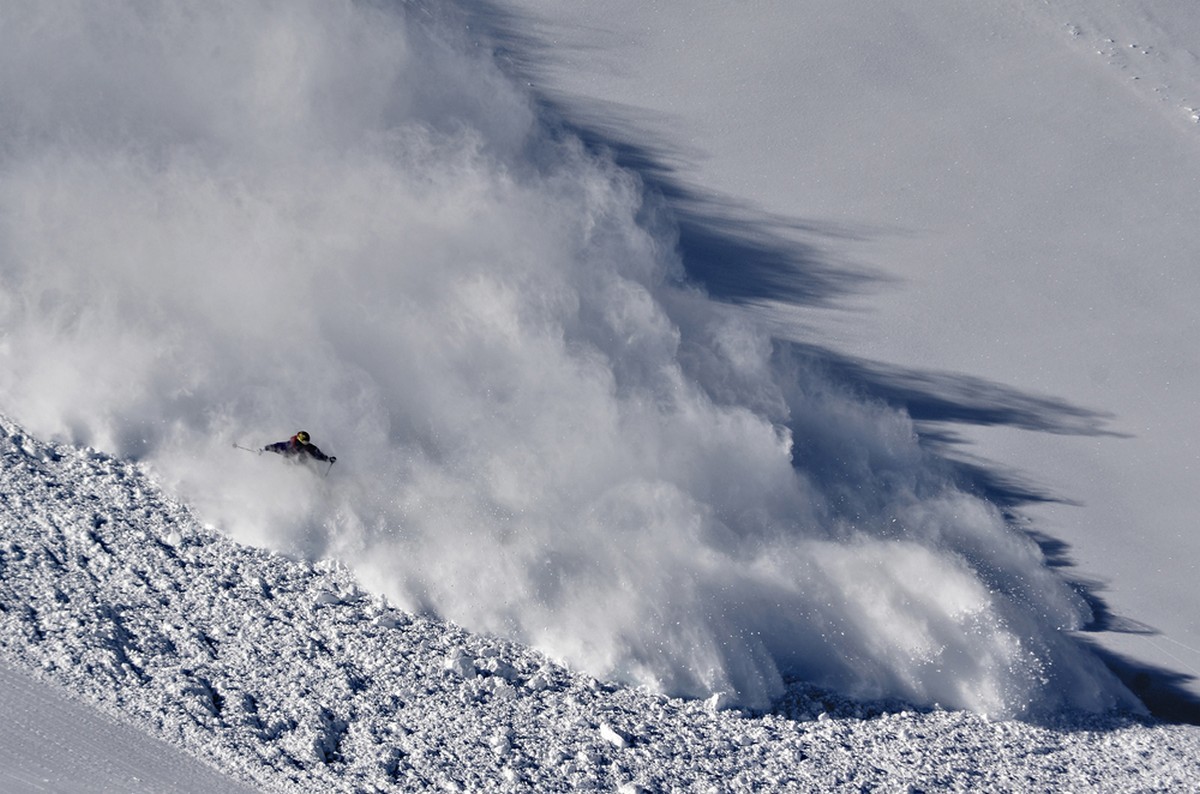9.5 Earth's gravity causes landslides
 Landslides occur in mountainous where rock material has been broken down by weathering. Mudslides are especially dangerous types of landslides. They are common after long periods of rain, when the soil is wet and muddy.
Landslides occur in mountainous where rock material has been broken down by weathering. Mudslides are especially dangerous types of landslides. They are common after long periods of rain, when the soil is wet and muddy.Mudslides can also take place when strong earthquakes or volcanic eruptions occur. This was the case in Columbia in the year 1985, where the eruption of the volcano Nevado del Ruiz resulted in an enormous mudslide that drowned over 30 000 people.
A landslide occurs when large chunks of rock or soil are detached from the surface of a mountain slope. In the picture on the right, a whole part of a road has disappeared as the result of a landslide.
Smaller rocks and sand can cause rockslides when they fall down a mountain or hill. The material of these slides will accumulate in piles near the bottom of the mountain or hill.
During the winter, avalanches can occur on snowy mountain slopes. They can be fatal to skiers, snowboarders and valley inhabitants. Avalanches can sometimes be caused by human activity, such as traffic.
Some factors increase the risk of landslides and avalanches. For example, the avalanche risk of a steep slope is greater than that of a gentle slope. Cutting down trees can also increase the risk of landslides and avalanches, which is why forestry is strictly regulated in mountainous areas in many parts of the world.

Avalanches pose risks to skiers, snowboarders, and valley inhabitants. Avalanches are more probable on steep slopes than on gentle slopes.